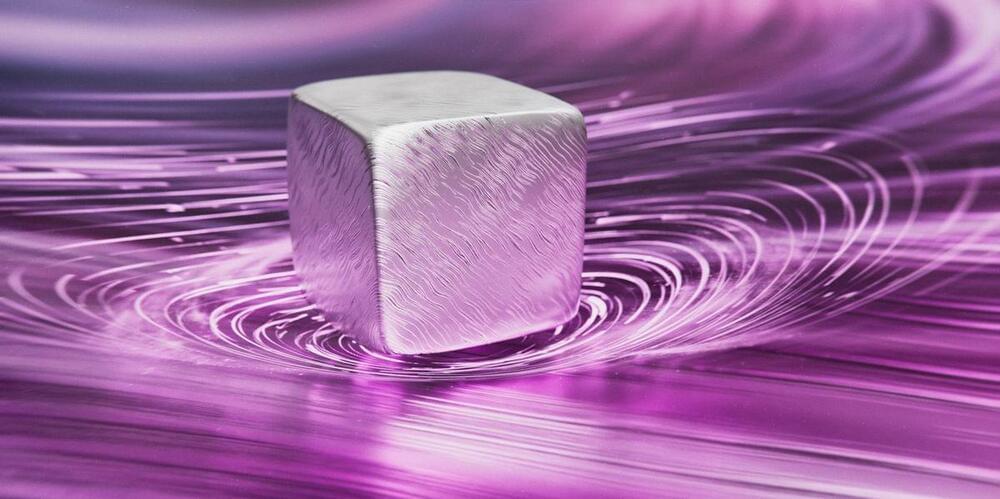Using LFP batteries, Yotta Energy has eliminated the need to install a separate battery pack and the extra wiring that it needs.
Category: energy – Page 107
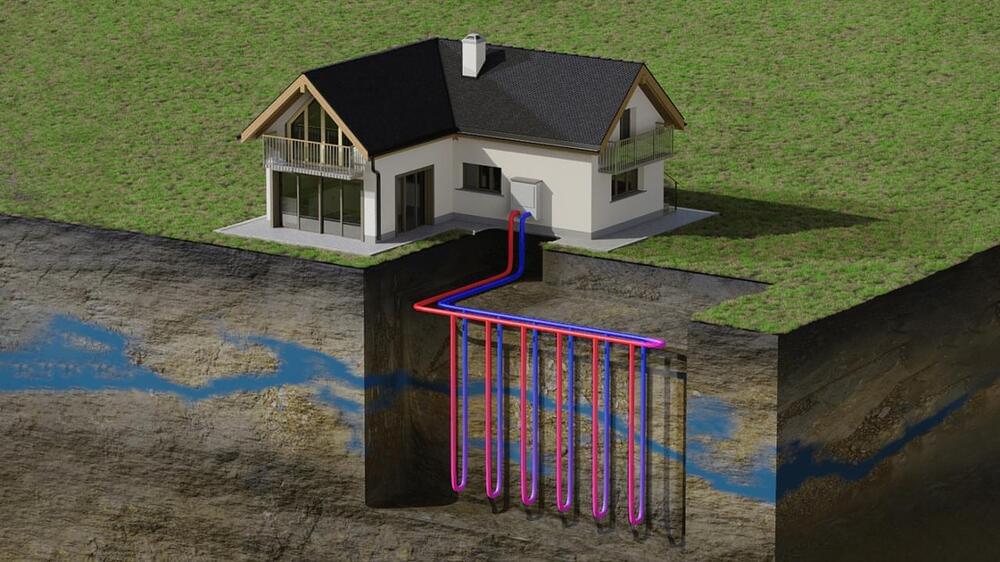
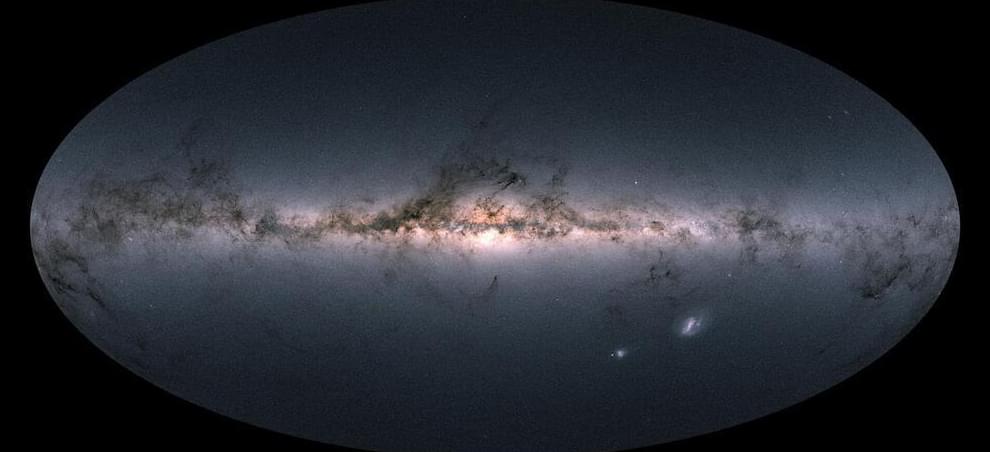
Discovery Tests Theory on Cooling of White Dwarf Stars
Open any astronomy textbook to the section on white dwarf stars and you’ll likely learn that they are “dead stars” that continuously cool down over time. New research published in Nature is challenging this theory, with the University of Victoria (UVic) and its partners using data from the European Space Agency’s Gaia satellite to reveal why a population of white dwarf stars stopped cooling for more than eight billion years.
“We discovered the classical picture of all white dwarfs being dead stars is incomplete,” says Simon Blouin, co-principal investigator and Canadian Institute of Theoretical Astrophysics National Fellow at UVic.
“For these white dwarfs to stop cooling, they must have some way of generating extra energy. We weren’t sure how this was happening, but now we have an explanation for the phenomenon.”
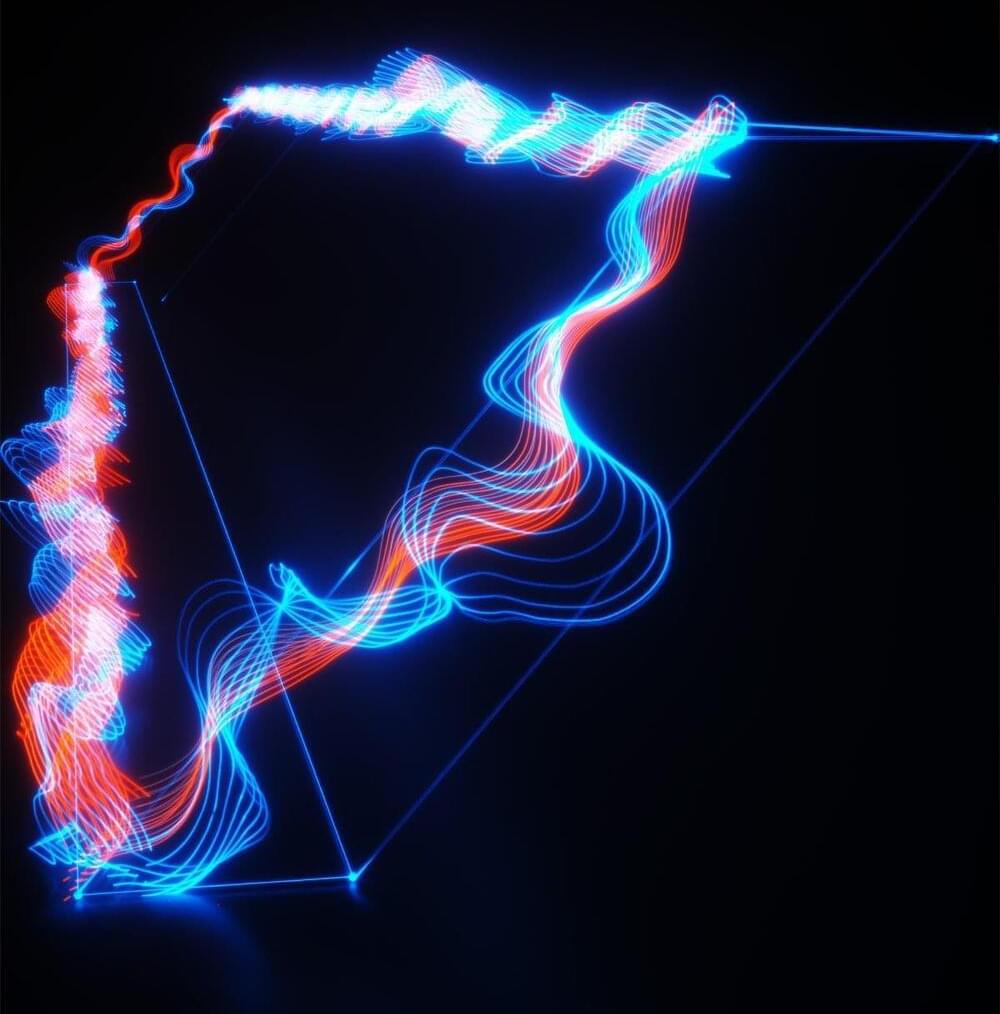
Princeton Scientists Discover Exotic Quantum Interference Effect in a Topological Insulator Device
In a novel experiment, physicists have observed long-range quantum coherence effects due to Aharonov-Bohm interference in a topological insulator-based device. This finding opens up a new realm of possibilities for the future development of topological quantum physics and engineering. This finding could also affect the development of spin-based electronics, which may potentially replace some current electronic systems for higher energy efficiency and may provide new platforms to explore quantum information science.
The research, published in Nature Physics, is the culmination of more than 15 years of work at Princeton. It came about when Princeton scientists developed a quantum device — called a bismuth bromide (α-Bi4Br4) topological insulator — only a few nanometers thick and used it to investigate quantum coherence.
Scientists have used topological insulators to demonstrate novel quantum effects for more than a decade. The Princeton team developed their bismuth-based insulator in a previous experiment where they demonstrated its effectiveness at room temperature. But this new experiment is the first time these effects have been observed with a very long-range quantum coherence and at a relatively high temperature. Inducing and observing coherent quantum states typically requires temperatures near absolute zero on artificially designed semiconducting materials only in the presence of strong magnetic fields.
Revolutionary tech company transforms home energy storage with simple, modular method — here’s how it works
Anyone considering a rooftop solar system will have a lot to like about Texas-based Yotta Energy’s innovation.
Interestingly, it’s what the setup doesn’t include that could be most game-changing for the small-and medium-sized businesses targeted by the company, per a CleanTechnica report.
There’s no extra land area needed for energy storage — and no trenching, no structure, and no foundation, either. Owners won’t need landscaping, fencing, or aesthetics. And there’s no cause for extra building and electrical permits for a big battery.
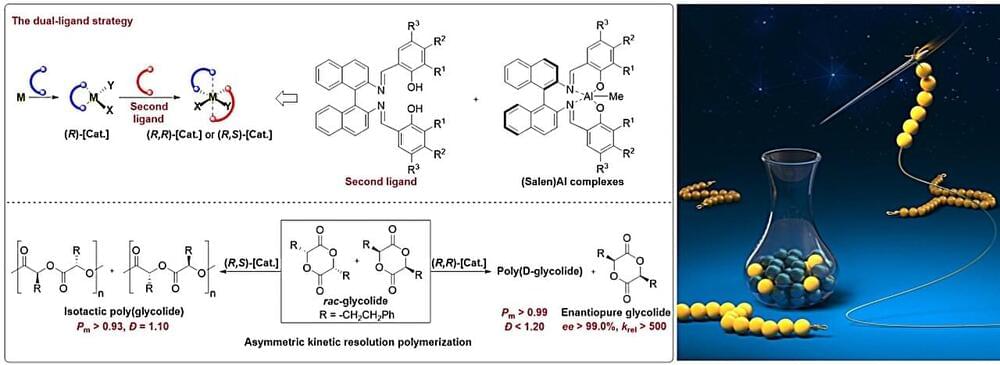
‘Dual-ligand’ strategy helps to achieve perfect asymmetric kinetic resolution polymerization
Studies on the synthesis and application of chiral materials has important scientific significance and market value. However, the design, synthesis and application of chiral materials are still in their infancy, and relevant research is limited to natural chiral polymer materials and very few artificial synthetic chiral materials.
In response to the key problems of synthesis, characterization, and mechanism research in the field of chiral materials, researchers from the Qingdao Institute of Bioenergy and Bioprocess Technology of the Chinese Academy of Sciences have proposed a novel concept of “asymmetric kinetic resolution polymerization” (AKRP), which provides a new method for the efficient synthesis, direct characterization of chiral polymer materials, and a new approach for studying the reaction mechanism of asymmetric polymerization.
The challenge in achieving AKRP is the design and synthesis of highly enantioselective catalysts. To solve this problem, the researchers proposed the “dual-ligand” strategy for the first time, enabling the highly enantioselective chiral (BisSalen)Al catalysts. The research is published in Journal of the American Chemical Society.
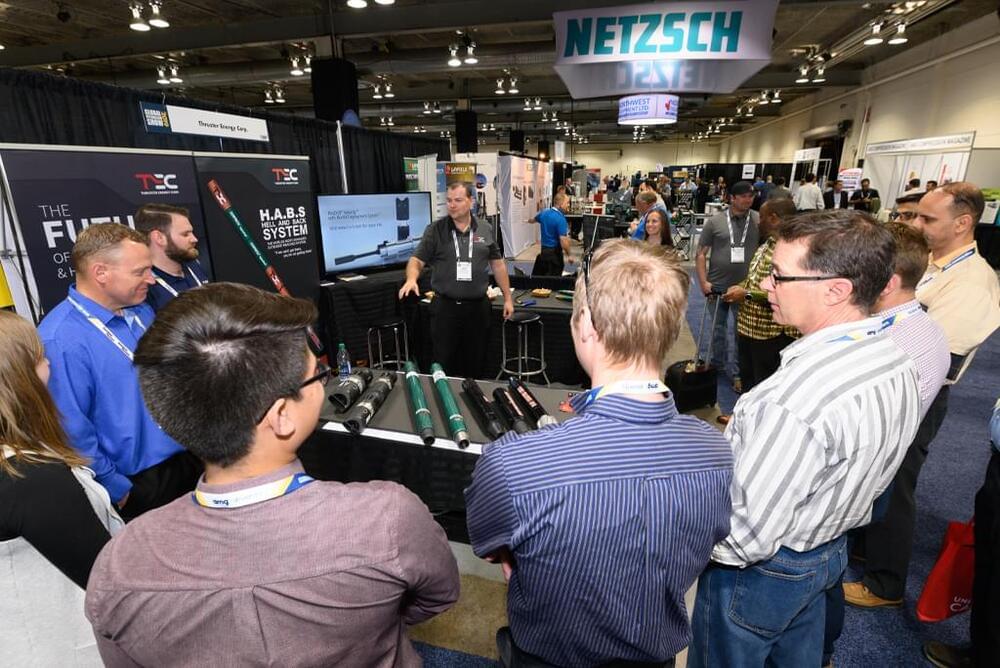
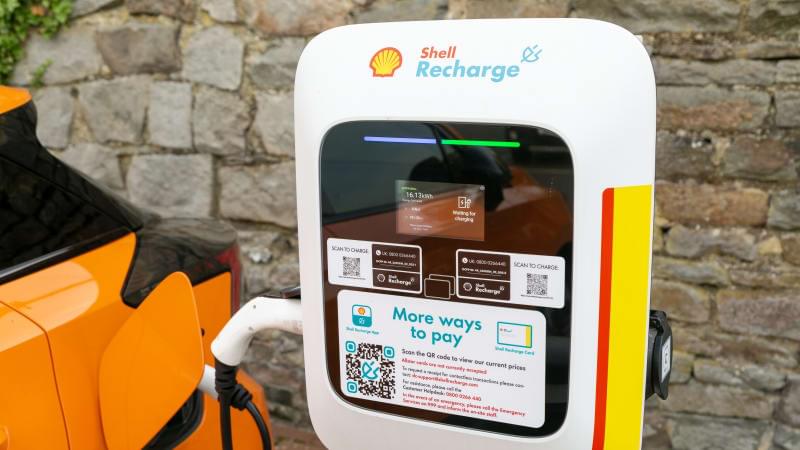
Shell to unload 1,000 retail locations in pivot to EV charging
As part of its energy transition strategy, energy giant Shell plans to shed some of its retail locations, including gasoline stations, to focus more on EV charging sites.
“We are upgrading our retail network, with expanded electric vehicle charging and convenience offers, in response to changing customer needs,” Shell said in its 2024 Energy Transition Strategy report. The company plans to “divest around 500 Shell-owned sites (including joint ventures) a year in 2024 and 2025.” The company’s plans were first reported by Bloomberg News.
The closures will shrink the company’s retail footprint by 2.1%. In 2023, the company operated 47,000 locations.
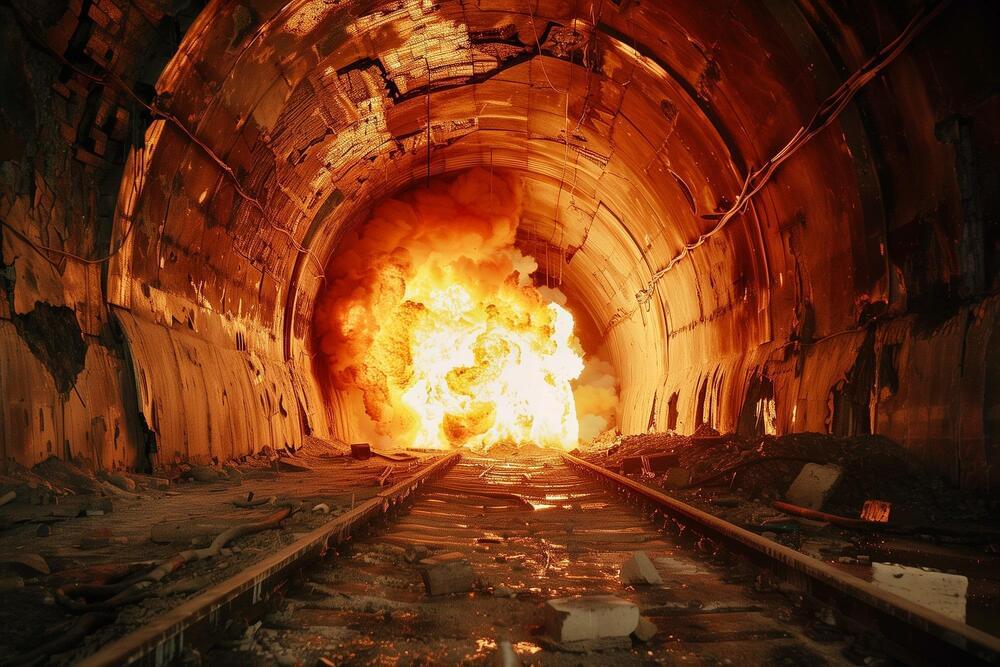
The End of Nuclear Secrecy? Underground Weapon Tests “Now Detectable With 99% Accuracy”
Thanks to a significant scientific breakthrough in detection methods, conducting secret underground nuclear tests could become obsolete.
A team of Earth scientists and statisticians say they can now tell with 99 percent accuracy if such an explosion has taken place. This is up from 82 percent and is based on a dataset of known tests in the US, according to the new study published in Geophysical Journal International. It has previously been tricky to differentiate between nuclear explosions and other seismic sources, such as naturally-occurring earthquakes or man-made noise above ground.
“The explosion goes off and you have all this energy that radiates out, which can be measured on seismometers,” said lead author Dr. Mark Hoggard, of The Australian National University (ANU). “So, the science problem becomes how do we tell the difference between that and a naturally-occurring earthquake?”
